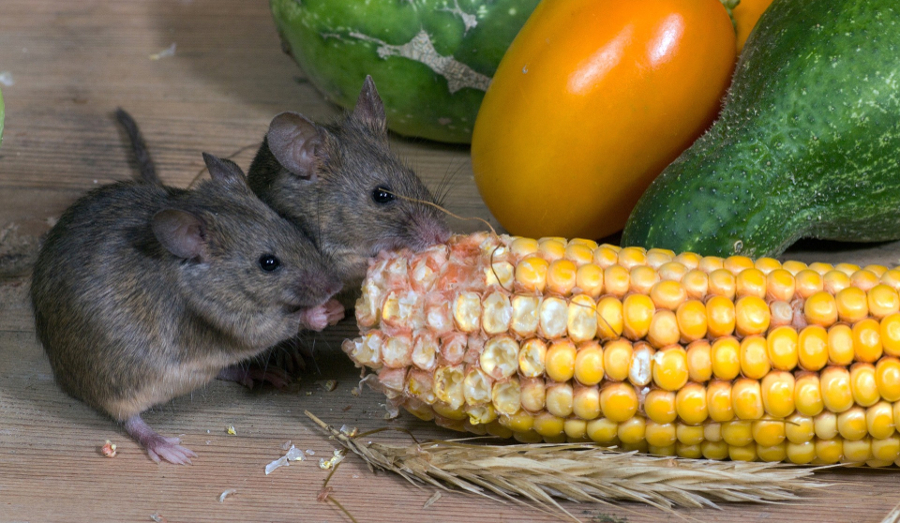If you’re a prepper, or at least a wannabe prepper, you probably understand the importance of proper food storage to keeping your long-term food supplies viable. But that’s easier said than done. There are numerous obstacles that can mess up even the best-laid plans and render all your hard-won efforts worthless. Here are seven of the most common obstacles to long-term food storage and what you can do to combat them.
1. Mice and Rats
Chances are that you’re going to be storing large amounts of grain, rice, beans, and other products that mice and rats would love to raid. Especially if you live in an older house, you may already have a problem with the occasional mouse or rat. But if you don’t store your food properly, you may lose all of it to vermin.
The first thing you’ll want to do is take care of the mouse problem. Seal up any cracks and holes on the exterior of your house that might let them into your house. Then try to eradicate any mice that have taken up residence within your house, whether through glue traps, poison, or other means.
Store all of your food in food-safe, airtight plastic containers that mice won’t be able to chew through. If you leave grains and rice in plastic bags or burlap-type sacks, it’s only a matter of time before rodents make short work of your stores.
2. Insects
Insects can also wreak havoc on food storage, and once you have an insect infestation you may not be able to get rid of it. Worse still, insect infestations aren’t necessarily an external threat. Many, if not most, grain and rice products on the market are already contaminated with insect eggs. Under the right conditions, those eggs will hatch into insects that will devour your food. Just storing your food in airtight containers isn’t enough.
One method to keeping your food insect-free is to freeze any rice, grains, and beans you purchase for at least 48 hours before transferring into long-term food storage. That should kill any eggs that may be present. Another method that can be used in conjunction is to sprinkle food-grade diatomaceous earth (DE) into your grains and rice, as any larvae that might hatch will be ripped apart as they try to crawl across the DE.
3. Moisture
Excessive moisture will cause mold and bacteria to grow in your food storage. While some food storage experts recommend humidity levels of 15% or lower, those levels are almost impossible to achieve in most areas of the country, even indoors.
You will want to buy a hygrometer, however, to measure humidity levels, and a dehumidifier to remove moisture from the air. Maintaining consistent humidity and good airflow is crucial to keeping your food from deteriorating.
4. Heat
Heat can destroy your food storage quicker than just about anything. Food stored in a cool basement can last decades, while food stored in a hot attic may only last a couple of years at most. The ideal temperature range for long-term food storage is between 40 and 70 degrees Fahrenheit, with 50 degrees being the ideal target temperature. In most areas of the country that means that basement storage is your best bet.
5. Oxygen
Food will also break down as it interacts with oxygen, necessitating the use of vacuum sealing, oxygen absorption packets, and other forms of removing oxygen from your food storage containers. Otherwise you may go to cook a cup of rice several years down the road and find out that it has gone rancid in storage, leaving your outlays on food worth nothing.
6. Sunlight
Exposure to sunlight will also break down food, as well as the plastic containers in which you store your food. You’ll generally want to avoid storing food in clear containers, opting for opaque containers that will block sunlight. You’ll also want to store food in basements or, if you have no basement, rooms without windows that let in sunlight.
7. Time
Time is probably the greatest obstacle to food storage, as even the best stored food will break down over time. That’s why proper rotation of survival food storage is imperative, as it ensures that you’ll always have usable food available when you need it most.
This article was originally posted on Red Tea News.





